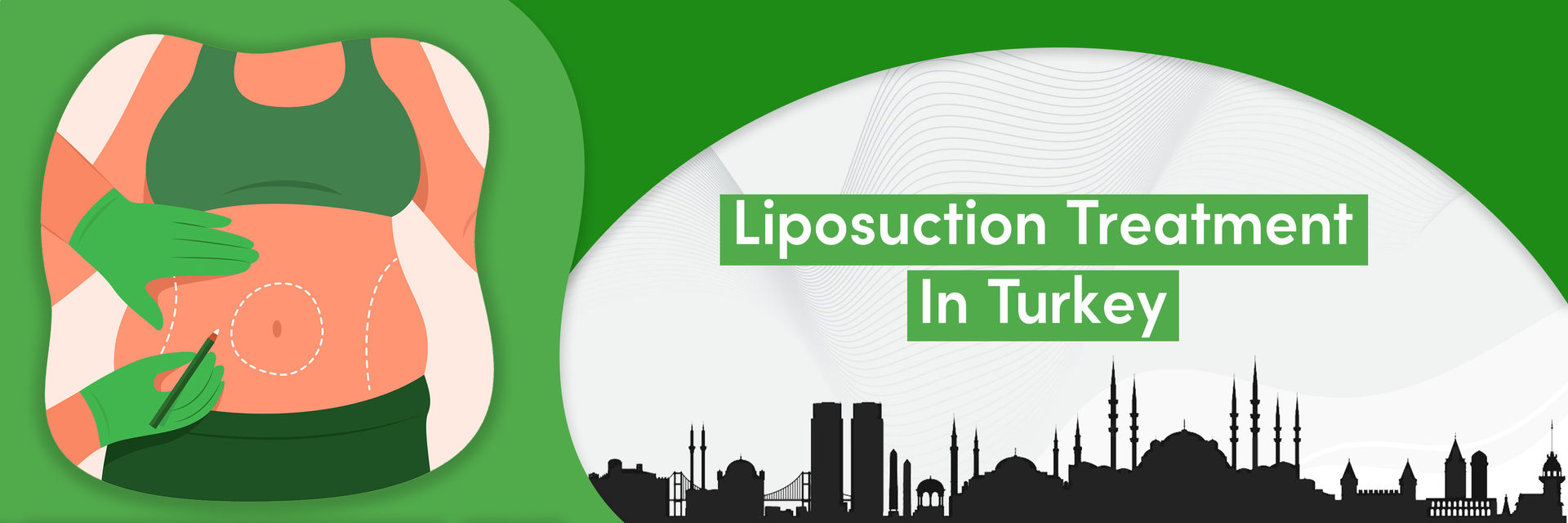Overview
Plastic surgery has long been associated with precision instruments, skilled hands, and visible transformations. The scalpel, a symbol of surgical mastery, has carved not only tissue but identity reshaping faces, restoring form, and refining aesthetics. Yet a quiet revolution is underway, driven not by sharper blades but by deeper biological insights. Regenerative medicine, once confined to the realm of research labs and theoretical science, is now redefining the practice of plastic surgery , offering solutions that prioritize restoration over replacement and cellular renewal over mechanical reconstruction.
The Shift from Mechanical to Biological Repair
Traditional plastic surgery techniques flaps, grafts, implants, and excisions remain vital but come with drawbacks such as infection risk, scarring, and limited longevity. Regenerative medicine proposes a radically different approach: what if the body could rebuild itself from within?
At its core, this field leverages stem cells undifferentiated building blocks from bone marrow, fat, or umbilical cord blood to regenerate damaged or aging tissue. For example, stem-cell enriched fat injections now go beyond volume replacement by improving skin quality and triggering collagen production. This shift means results are no longer merely cosmetic they’re cellular and regenerative.
Reconstructive and Aesthetic Innovations
Regenerative medicine is transforming reconstructive surgery for patients with burns, congenital deformities, or trauma. Surgeons are now growing new skin, bone, and cartilage by seeding patient-derived cells onto biocompatible scaffolds. This approach reduces rejection and enhances long-term functionality. A notable example includes shaping mesenchymal stem cell-infused scaffolds into ears or noses that develop their own blood supply once considered science fiction.
In the realm of aesthetics, fat grafting has evolved into a powerful regenerative technique. Especially in breast reconstruction post-mastectomy, enriched fat transfers not only restore form but reduce fibrosis and support tissue healing proving that function and beauty can co-exist.
Addressing Aging from the Inside Out
Rather than tightening skin with surgery alone, regenerative protocols now address aging at a cellular level. Treatments like platelet-rich plasma (PRP), exosomes, and stem-cell serums are used to reverse sun damage, improve elasticity, and stimulate natural dermal repair. These methods don’t just hide aging they slow it down.
This evolution is redefining recovery. Patients undergoing regenerative procedures often report shorter healing times, less scarring, and a deeper sense of restoration. The psychological benefit of healing through one’s own biology fosters a more holistic experience one rooted in identity, not just appearance.
The Future of Plastic Surgery is Regenerative
Despite ongoing challenges such as regulatory standards, cost concerns, and patient variability regenerative medicine is steadily gaining ground in the world of plastic surgery. Surgeons are collaborating with experts in biology, immunology, and material science to refine techniques and broaden possibilities. As this shift continues, medical education is also evolving future plastic surgeons are being trained in both traditional and regenerative approaches.
In the words of a top plastic surgeon, “Patients today don’t just want transformation—they want healing, longevity, and outcomes that grow with them.” So if you're wondering, "Is cosmetic surgery right for you?", it’s no longer just about choosing between implants or facelifts. The real question is whether your body can participate in its own renewal.
With the rise of regenerative treatments that restore rather than remove, adapt rather than replace, and support rather than impose, plastic surgery is becoming more than a cosmetic decision it’s a personalized journey into healing, identity, and science-backed self-renewal.
Conclusion
In time, regenerative medicine will do more than refine surgical outcomes it will redefine what it means to heal. As patients become more informed and expectations shift toward long-term wellness and natural results, the ethos of Stratus plastic surgery will transform. Restoration will take precedence over replacement. Integration will replace imposition. And the scalpel will be guided not only by precision but by the power of cellular renewal.







